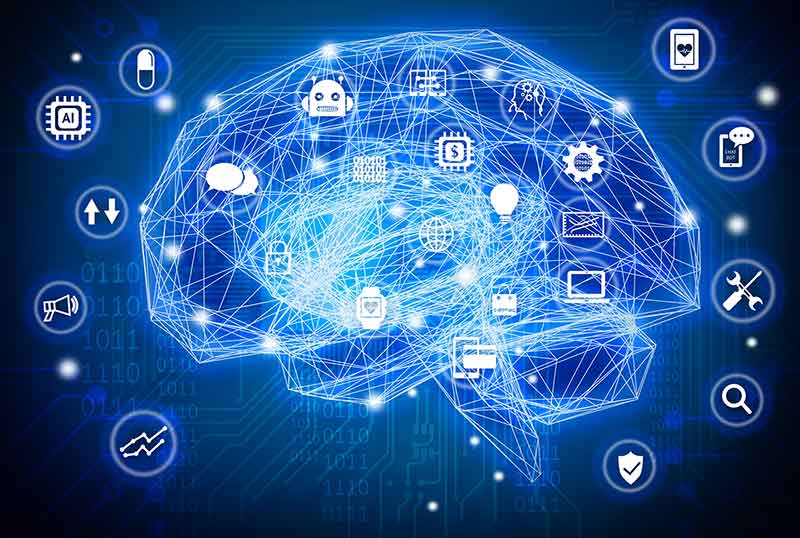Machine learning is a broad topic of research that incorporates principles from a variety of related fields, including artificial intelligence. The field focuses on learning or gaining skills or information via experience. This usually entails extracting relevant concepts from past data. Also, SQL is required for machine learning. It is because SQL can format data that is used by machine learning algorithms for better pattern detection. There are the best machine learning courses and SQL courses that can help you excel in this stream.
Diving deeper, let’s figure out more about the types of machine learning.
Types of Machine Learning
Supervised Learning
The term “supervised learning” refers to an issue in which a model is used to learn a mapping between input samples and the target variable.
Models are fitted to training data with inputs and outputs and then used to generate predictions on test sets with only the inputs and the model’s outputs compared to the withheld target variables to measure the model’s competence.
Classification and regression are the two basic forms of supervised learning issues.
- Classification is a supervised learning task in which the student must anticipate a class label.
- Regression is a supervised learning task in which the student must predict a numerical label.
One or more input variables can be used in both classification and regression problems, and input variables can be of any data type, such as numerical or categorical.
Unsupervised Learning
The machine learning program looks for patterns in the data. There is no answer key or human operator available to assist. Instead, the machine analyses available data to determine correlations and relationships. The machine learning algorithm is left to evaluate enormous data sets and respond to them in an unsupervised learning process. The algorithm tries to organize the data in some way such that its structure can be described. This might entail clustering the data or organizing it more logically.
As it evaluates additional data, its ability to make judgments based on that data improves and refines.
Under the umbrella of unsupervised learning, the following activities are included:
- Clustering is the process of putting together collections of data that are comparable. It may be used to divide data into different groups and perform pattern analysis on each data set.
- Dimension reduction minimizes the number of factors that must be evaluated to obtain the precise information necessary.
Reinforcement Learning
This type is employed in instances when an AI agent, such as a self-driving car, must function in a setting where feedback on good or bad choices is delayed. Also used in games when the outcome isn’t determined until the very end.
Because the categories are a little hazy and overlapping, a specific approach might be difficult to categorize. Semi supervised learning, for example, is partially supervised and partly unsupervised, as the name implies.




